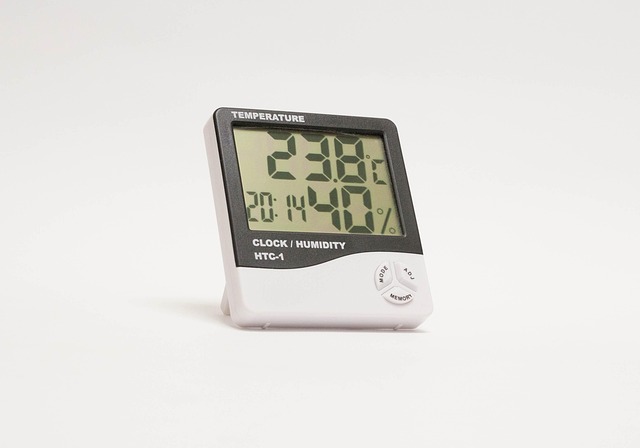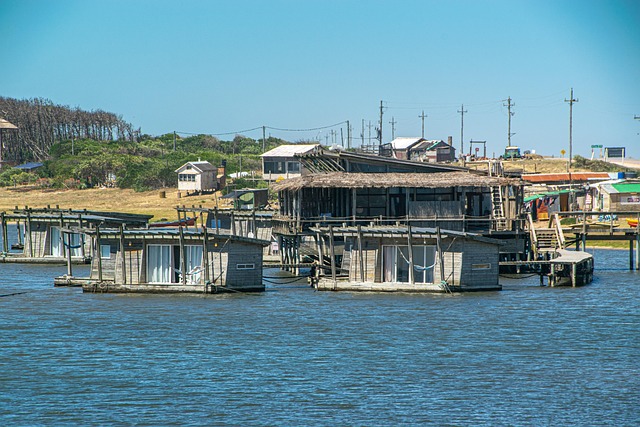
Waterless Toilets in Australia
Waterless toilets, often referred to as dry sanitation systems, present an innovative solution to the challenges posed by conventional plumbing systems. These toilets do not rely on water to flush waste, making them an appealing option for various settings, particularly in Australia where water conservation is increasingly vital.
The Mechanics of Waterless Toilets
At their core, waterless toilets function without the use of water for waste disposal. Instead, they utilize methods such as composting or incineration to manage human excreta. Composting toilets, for instance, break down waste into compost through natural processes, provided they are correctly maintained. This compost can then be disposed of in accordance with local regulations, often being buried in soil but not recommended for growing vegetables.
Environmental Benefits
One of the most significant advantages of waterless toilets is their lower environmental impact compared to traditional toilets. Conventional toilets consume substantial amounts of water, contributing to water scarcity issues. In contrast, waterless toilets conserve precious water resources and prevent pollutants from entering waterways. This makes them particularly suitable for environmentally fragile or water-scarce areas, where traditional sanitation systems may pose risks to the ecosystem.
Site Flexibility and Reduced Pollution
Waterless toilets can also alleviate some of the site restrictions associated with septic tanks and other conventional systems. They can be installed in locations where traditional plumbing is impractical, reducing the potential for pollution and nutrient problems. This flexibility is crucial for rural areas or regions with limited access to water infrastructure.
Considerations for Use
While waterless toilets offer numerous benefits, it is essential to consider their maintenance and operation. A well-functioning composting toilet, for example, should not produce unpleasant odors if properly managed. Regular maintenance is key to ensuring that these systems operate efficiently and hygienically.
Conclusion
Waterless toilets represent a sustainable alternative to conventional sanitation systems, particularly in Australia, where water conservation is paramount. By reducing water usage and minimizing environmental impact, they provide a practical solution for both urban and rural settings. As awareness of their benefits grows, waterless toilets may become an increasingly common sight in Australian households and public facilities.
















 Discovering Waterless Toilets in Henderson, NV
Discovering Waterless Toilets in Henderson, NV 
 Health
Health  Fitness
Fitness  Lifestyle
Lifestyle  Tech
Tech  Travel
Travel  Food
Food  Education
Education  Parenting
Parenting  Career & Work
Career & Work  Hobbies
Hobbies  Wellness
Wellness  Beauty
Beauty  Cars
Cars  Art
Art  Science
Science  Culture
Culture  Books
Books  Music
Music  Movies
Movies  Gaming
Gaming  Sports
Sports  Nature
Nature  Home & Garden
Home & Garden  Business & Finance
Business & Finance  Relationships
Relationships  Pets
Pets  Shopping
Shopping  Mindset & Inspiration
Mindset & Inspiration  Environment
Environment  Gadgets
Gadgets  Politics
Politics 